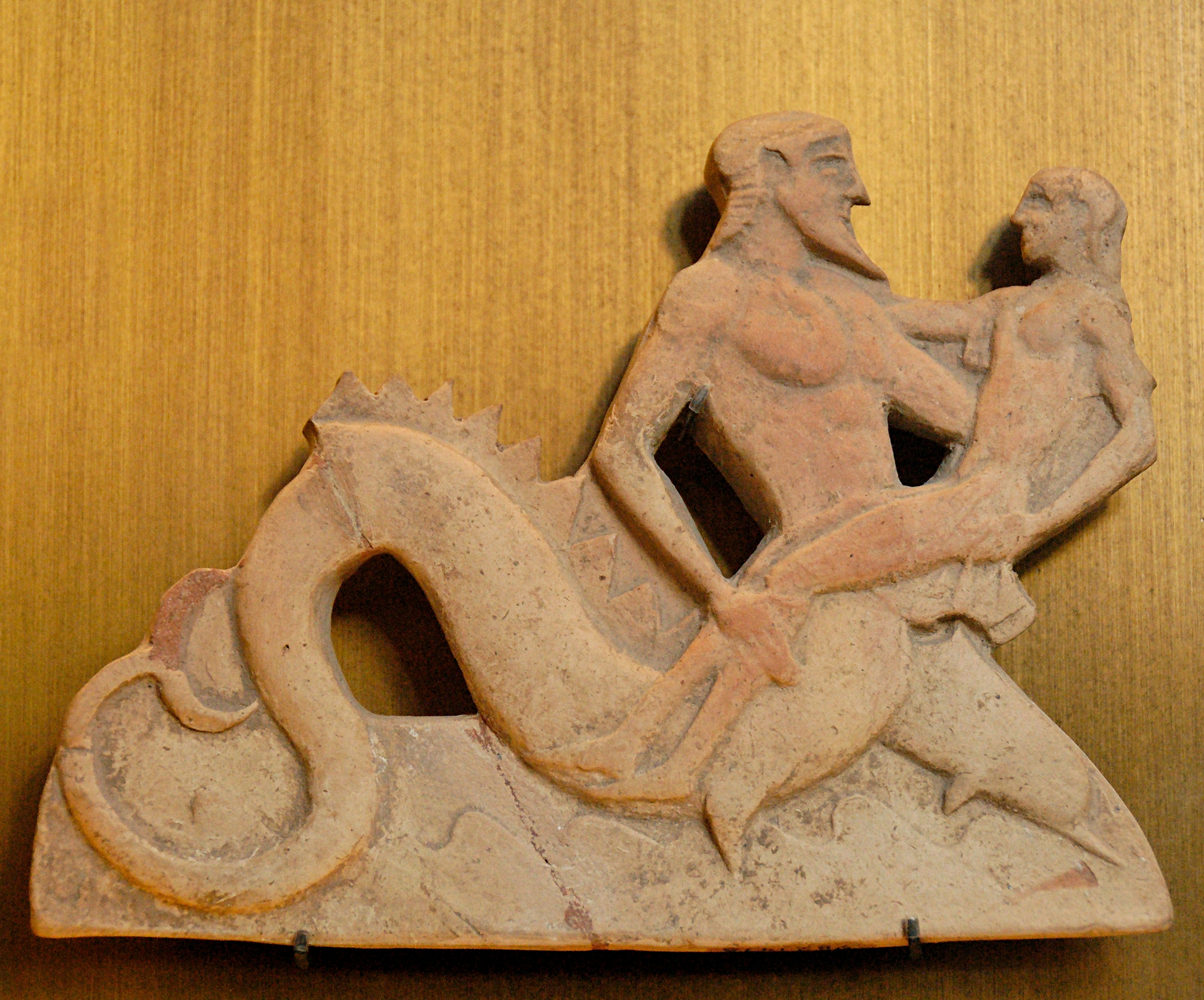Melian Reliefs on:
[Wikipedia]
[Google]
[Amazon]
 Melian reliefs were produced on the island of
Melian reliefs were produced on the island of
Melian Relief, LouvreRelief plaque
5th-century BC Greek art Ancient Greek sculpture
 Melian reliefs were produced on the island of
Melian reliefs were produced on the island of Milos
Milos or Melos (; , ; ) is a volcanic Greek island in the Aegean Sea, just north of the Sea of Crete. It is the southwestern-most island of the Cyclades group.
The ''Venus de Milo'' (now in the Louvre), the ''Poseidon of Melos'' (now in the ...
from about 470 to 416 BC. Gisela M. A. Richter: ''A new Melian Relief'', inː ''The Metropolitan Museum of Art Bulletin'', Feb., 1932, Vol. 27, No. 2 (Feb., 1932), pp. 44. Most of them were found on this island. They share the same technical features, with a shallow relief, not higher than and a flat back. Details were once painted, but the paint is now most often gone. They show most often narrative subjects from Greek mythology
Greek mythology is the body of myths originally told by the Ancient Greece, ancient Greeks, and a genre of ancient Greek folklore, today absorbed alongside Roman mythology into the broader designation of classical mythology. These stories conc ...
. They were perhaps made for wooden boxes Another option is, that they were placed on walls.J. Walter Graham: ''The Ransom of Hector on a New Melian Relief'', in: ''American Journal of Archaeology'' , Jul., 1958, Vol. 62, No. 3 (Jul., 1958), p. 316 providing an inexpensive imitation for reliefs made in more expensive materials, such as ivory. Many of them show holes for an attachment.
In 416 BC, Milos was ransacked by Athens
Athens ( ) is the Capital city, capital and List of cities and towns in Greece, largest city of Greece. A significant coastal urban area in the Mediterranean, Athens is also the capital of the Attica (region), Attica region and is the southe ...
in the Peloponnesian War
The Second Peloponnesian War (431–404 BC), often called simply the Peloponnesian War (), was an Ancient Greece, ancient Greek war fought between Classical Athens, Athens and Sparta and their respective allies for the hegemony of the Ancien ...
. The population was sold into slavery
Slavery is the ownership of a person as property, especially in regards to their labour. Slavery typically involves compulsory work, with the slave's location of work and residence dictated by the party that holds them in bondage. Enslavemen ...
. This is most likely the end of the production of the Melian reliefs.
References
External links
{{commons category, Melian reliefsMelian Relief, Louvre
5th-century BC Greek art Ancient Greek sculpture